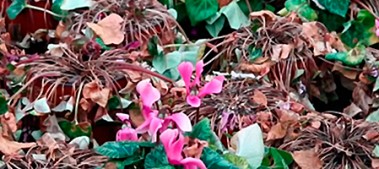How do I prevent Pythium?
Pythium (root rot) is a fungus belonging to the Oömycetes. These fungi spread by means of swimming spores. These spores are very sensitive to desiccation. Therefore, spread depends on the availability of water. Especially in a humid environment, spread can be very rapid. Pythium occurs in many crops and is generally recognizable by woolly white fungal fluff. Pythium can infect the root and also the stem. Pythium eventually affects the vascular bundles of the plant. The plant will start to droop. An infestation is first visible at the roots. These show symptoms of rotting and turn brownish black. The plant slowly withers away. The most obvious symptom is the complete rotting away of the roots. The plant's growth lags behind and the leaves may turn yellow because insufficient nutrients are supplied from the roots.
Pythium is a weakness parasite that strikes especially in young plants. Plants under stress are also more susceptible to infection. External causes such as temporary flooding, too high soil temperature, incorrect fertilization and a too humid culture can cause large-scale infestations.
With the ErfGoedVloer you have complete control over the climate of the plant. So there is no question of flooding or an overly humid crop. Stress factors, such as a cultivation floor that is too warm at night, can also be easily prevented with the ErfGoedVloer.
More information about preventing root rot? Click here to download the white paper about: 'how to create a resilient crop'.


